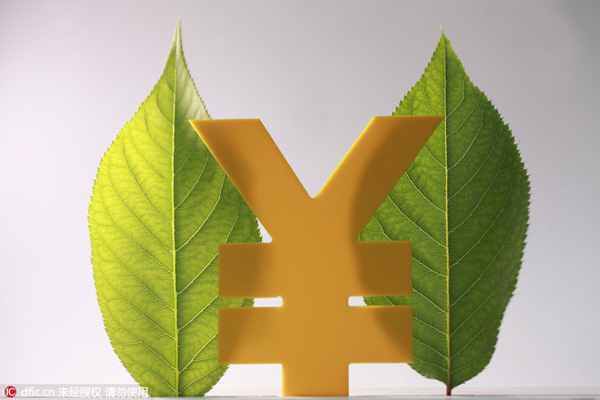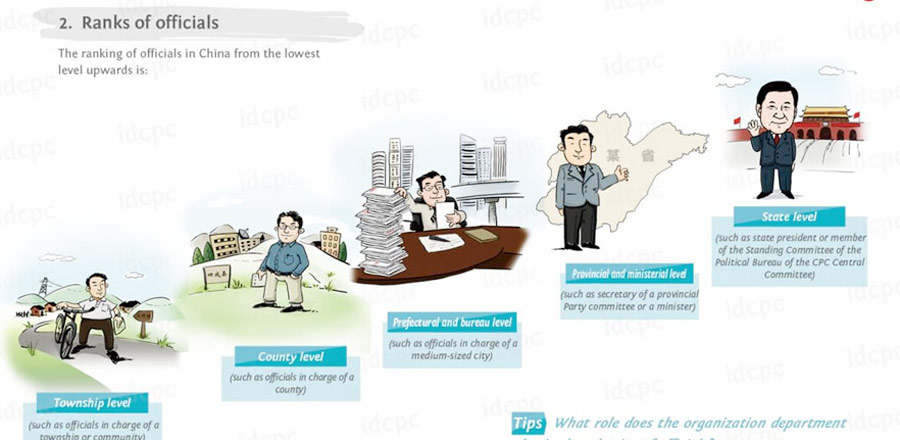

This figure is around two percent of the total assets of China's commercial banks, and demand for green bonds is expected to rise to 20 times that much, said Ma Jun, chief research economist at China's central bank, told a green finance forum.
In July, Shanghai Pudong Development Bank (SPDB), the first bank to issue green bonds on China's inter-bank market, will issue 15 billion yuan of bonds to replenish projects in clean transportation and pollution control, according to SPDB Vice Governor Xie Wei.
Green finance is having its best time in China as the country repositions its economy for sustainable development, said Xie.
The potential of green finance will be particularly felt in the spheres of urbanization, the Belt and Road Initiative and infrastructure construction, he added.
Two years ago at the first green finance forum, also in Guiyang, the concept was unfamiliar to most participants, Ma Jun recalled on the sidelines of the current forum. Those participants became the primary enablers within the People's Bank of China (PBoC) in green finance, said Ma. "Guiyang is an incubator to some extent," he added.
Last December, the PBoC allowed green bonds on to the inter-bank market. Then the Green Finance Committee of China Society of Finance and Banking released the Green Project Catalog, while the National Development and Reform Commission issued guidelines on green bond issuance.
These milestone documents have given the green bond market its solid foundation, empowering the domestic banking industry use its financing muscle to implement the national strategy, said Ma.
Emerging Strength
"In only half a year, China not only leads in the market in volume, but also in the analytic techniques for environmental risks," said Ma.
In March, the Industrial and Commercial Bank of China introduced a new methodology to help banks understand how environmental standards can affect customer liability and how they affect a bank's reputation in the eyes of shareholders and depositors.
With this methodology, banks can forecast default risks under tighter environmental policies and strengthened law enforcement. They can spot risky sectors and realign their capital with greener or safer industries, said Ma.
"The method has won a lot of praise from overseas bankers and will influence global green bond practices," he said.
Last November at the Paris Conference on climate change, China promised that its CO2 emissions would peak around 2030 and be cut per unit of GDP by 60-65 percent of the 2005 level.
To help meet these objectives and the green development targets set out in the 13th Five-Year Plan, the PBoC will soon issue a document clarifying what makes a bond "green," standardizing third-party credit ratings and making institutional improvements to the green bond market.
Ma also noted that China has put green finance high on the agenda for its G20 presidency and will make recommendations on green finance at the G20 meeting in Hangzhou this September.
Challenges
A report by the Development Research Center of the State Council put China's annual capital demand for green development at 2.9 trillion yuan from 2015 to 2020. Public finance can only contribute 10 to 15 percent of this amount.
In such circumstances, China must boost the green finance market by a variety of means. For instance, a green industry fund could attract more private investment and increase the accessibility of green projects.
"In this way, China can gradually improve its investment structure and channel more funds to green industries," said Cai Weibin, vice president of the Fixed Income Division of Shenzhen Stock Exchange.
One difficulty relates to match-making on the capital market. "If a listed company does not disclose environmental information such as its carbon dioxide or sulfur dioxide discharges, how does green capital know which company is green?" asked Ma. "So environmental disclosure had better be mandatory for listed firms."
Participants in the forum also emphasized the significance of a legion of specialized professional assessment agencies. A large number of green companies are in emerging sectors and deal with novel technology with prospects that are hard to judge by traditional credit assessment.
Take housing construction for example, to grant a discounted green loan, a bank may require its clients to ensure the housing meets higher energy-saving standards. Without sufficient energy-saving knowledge, the bank will be unable to reach the correct decision.














